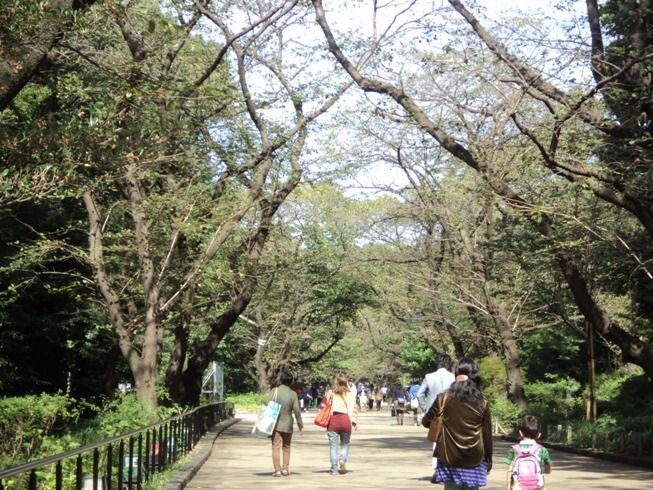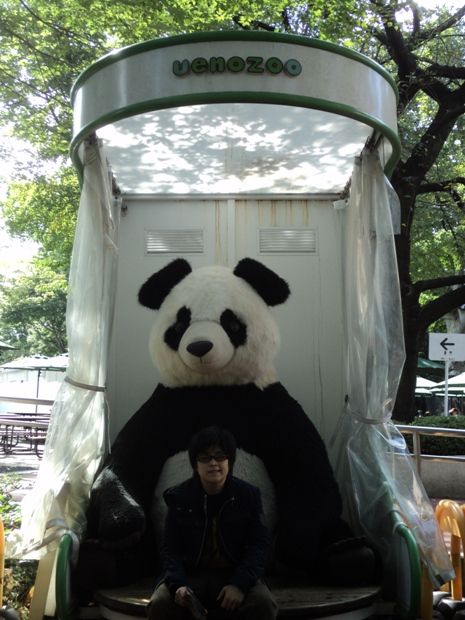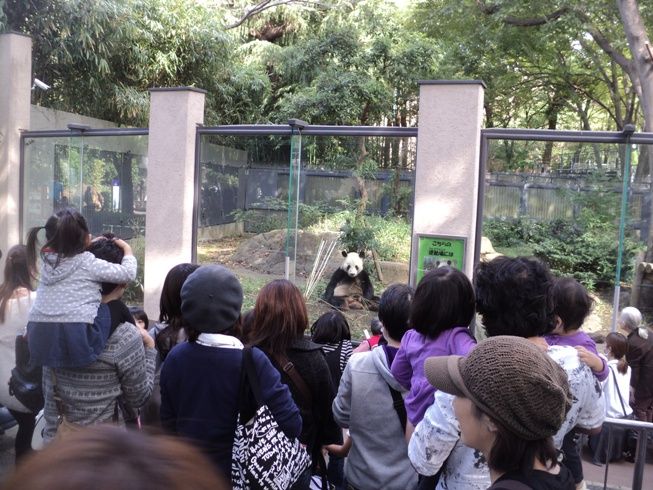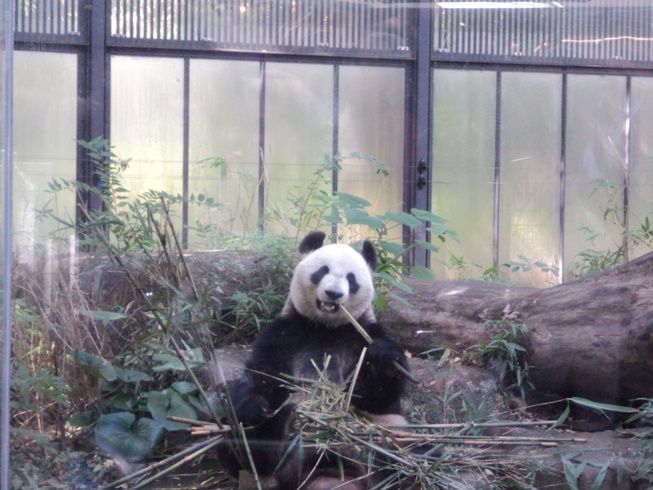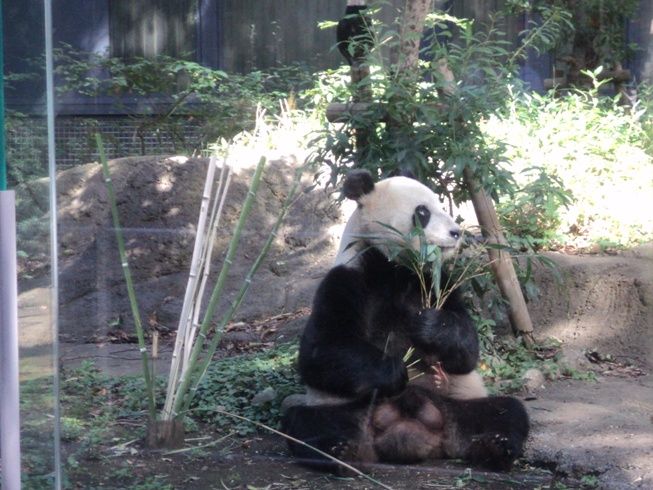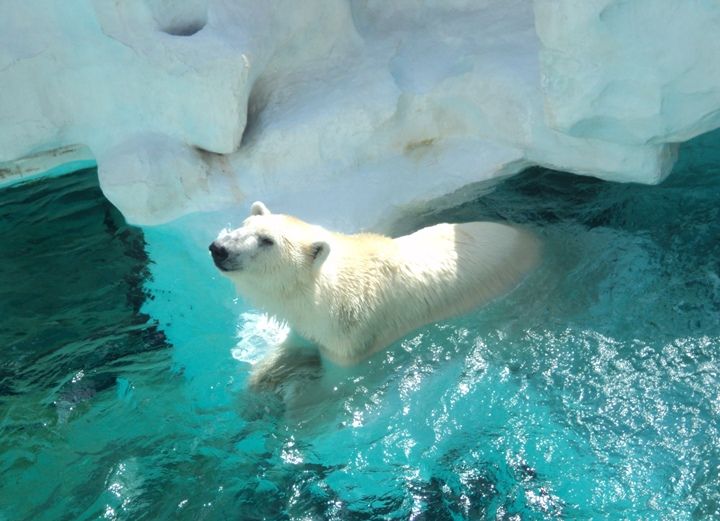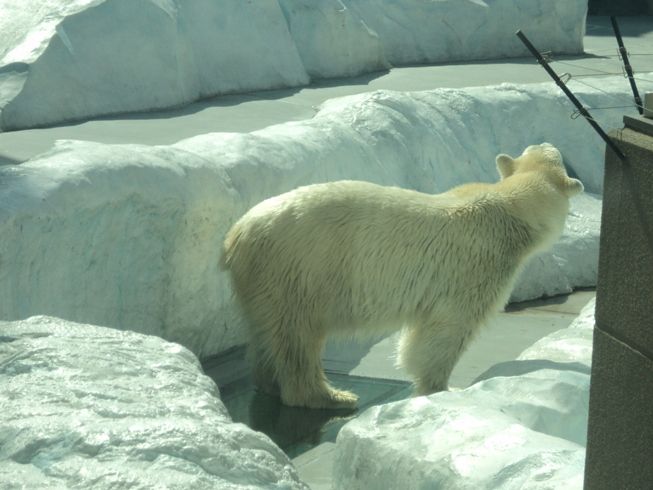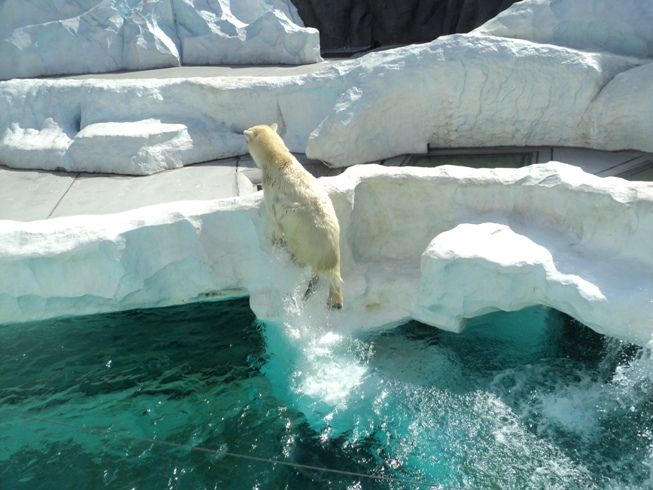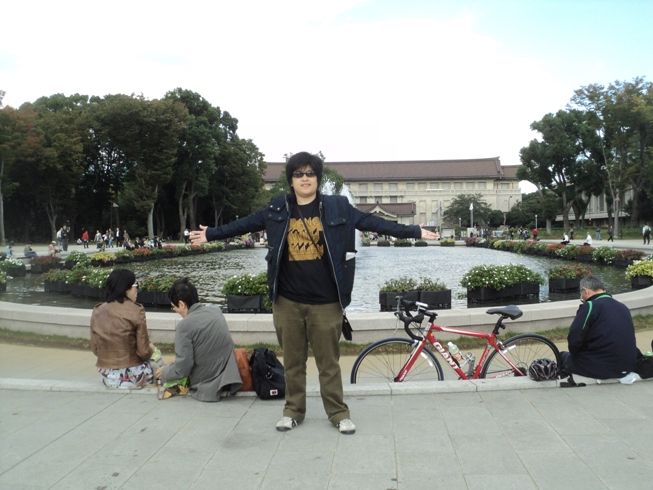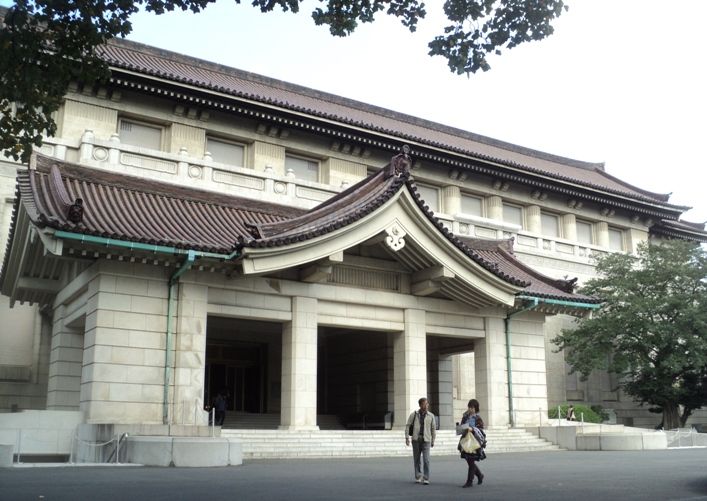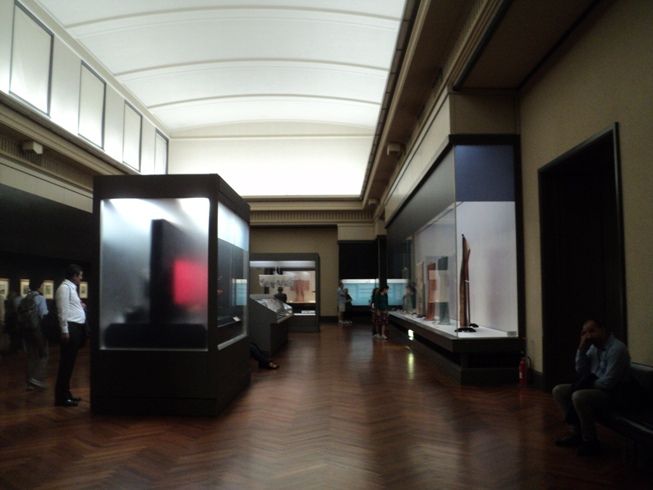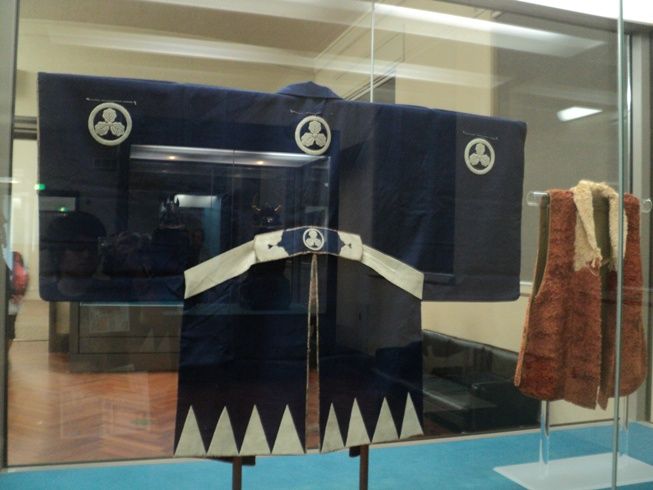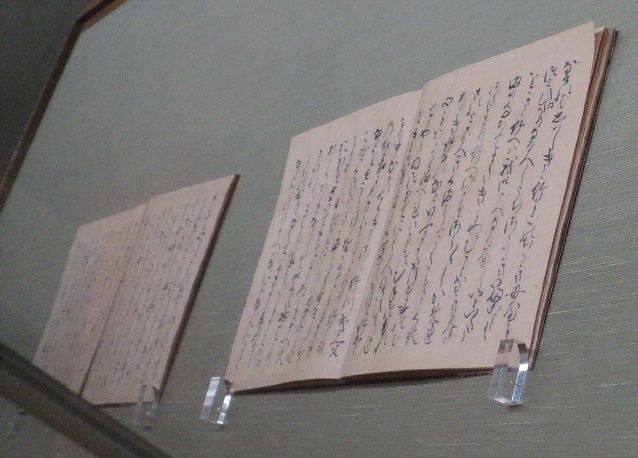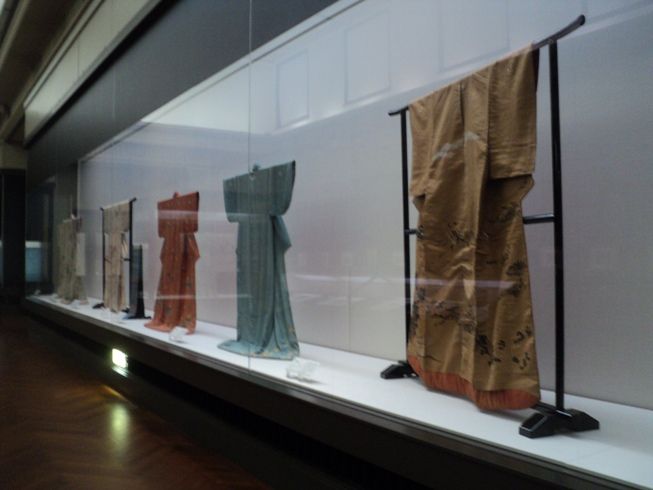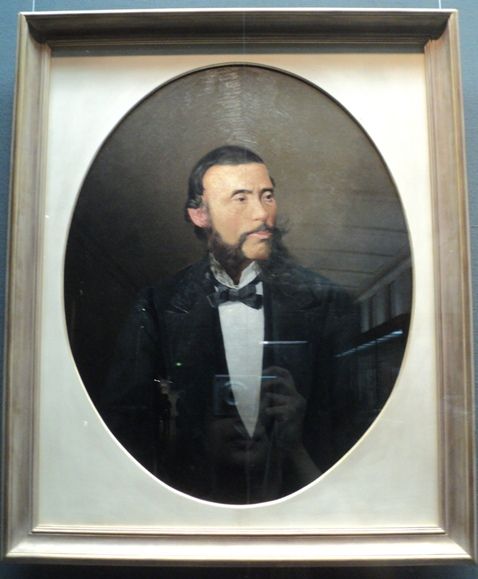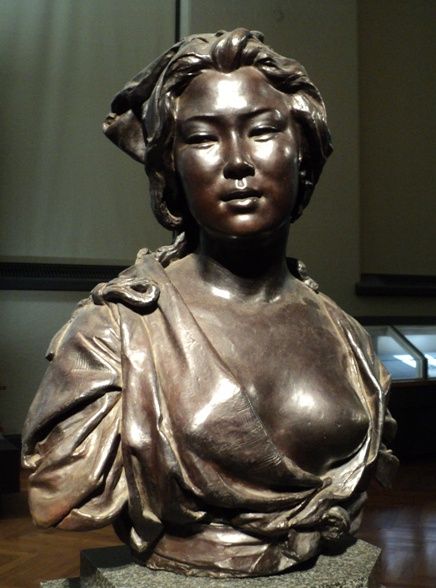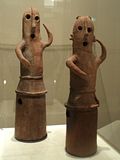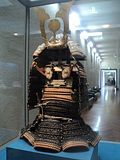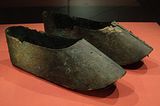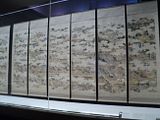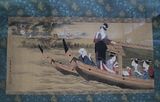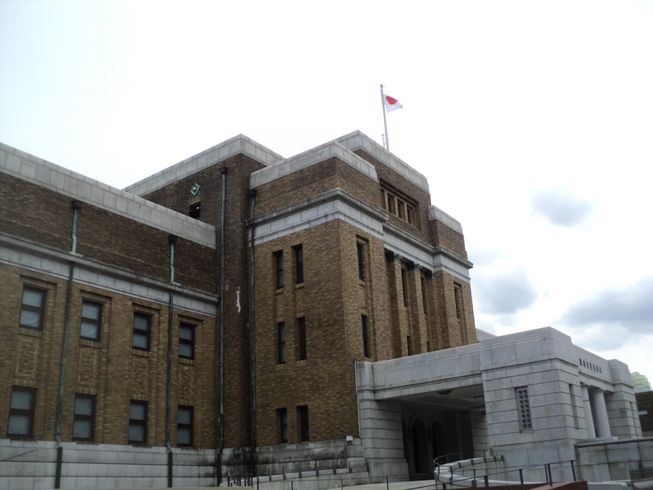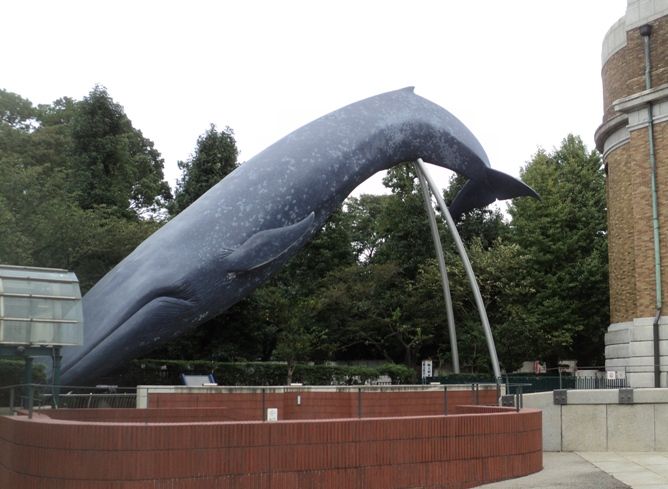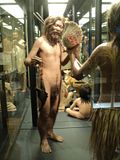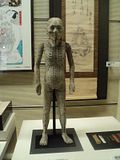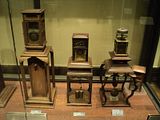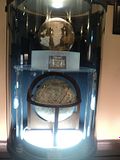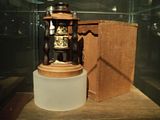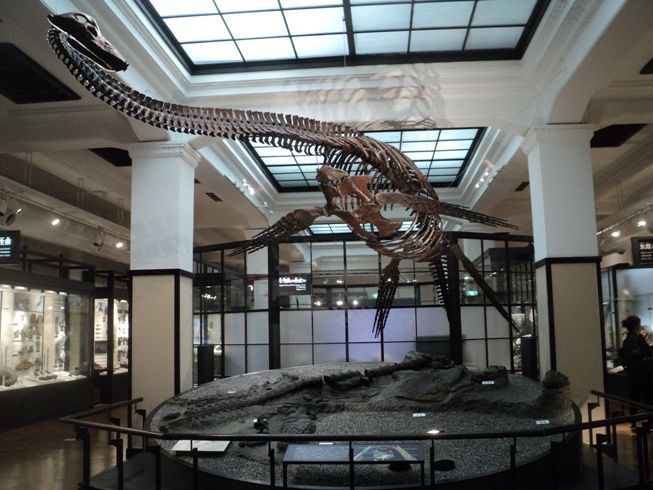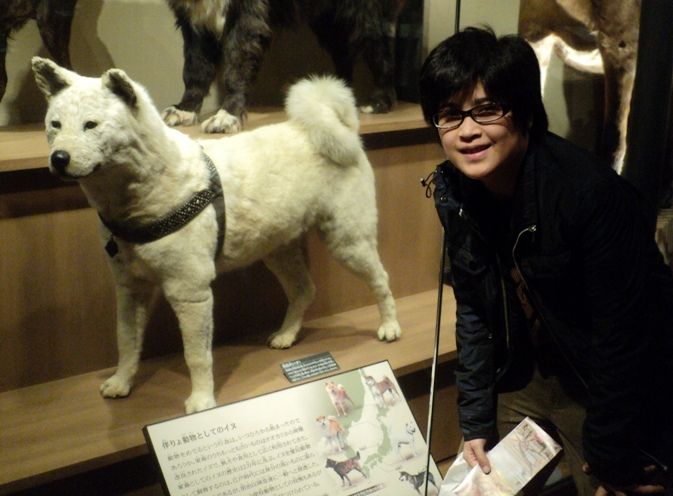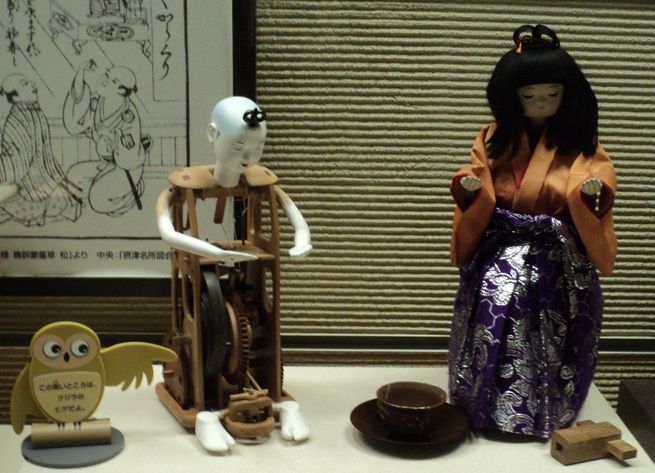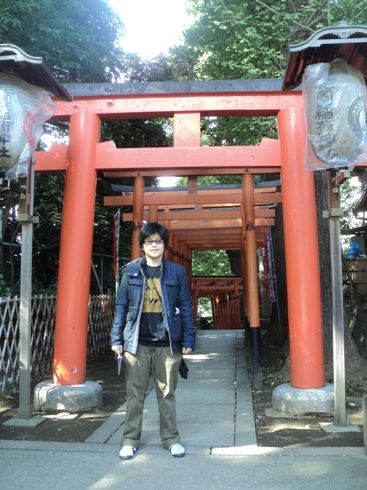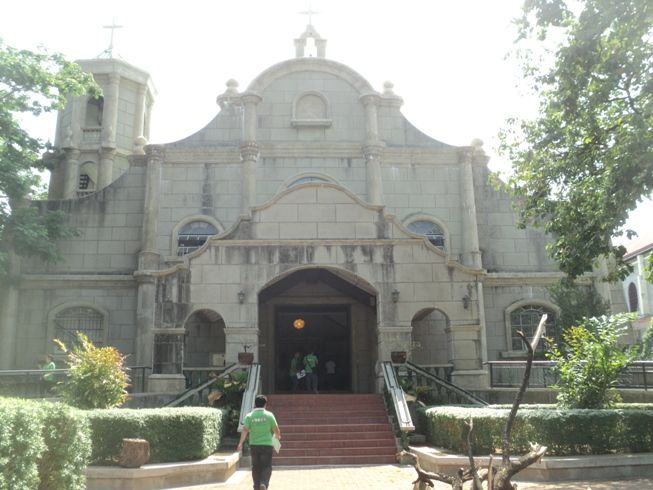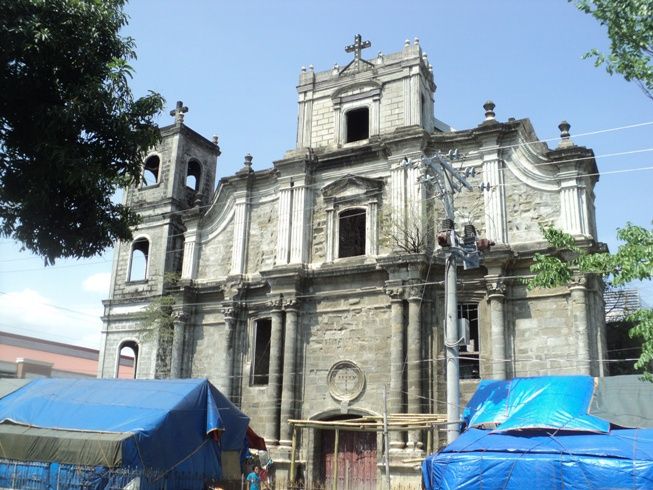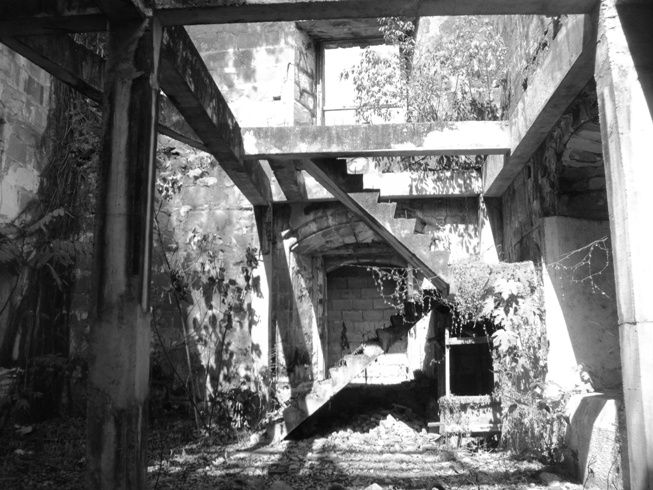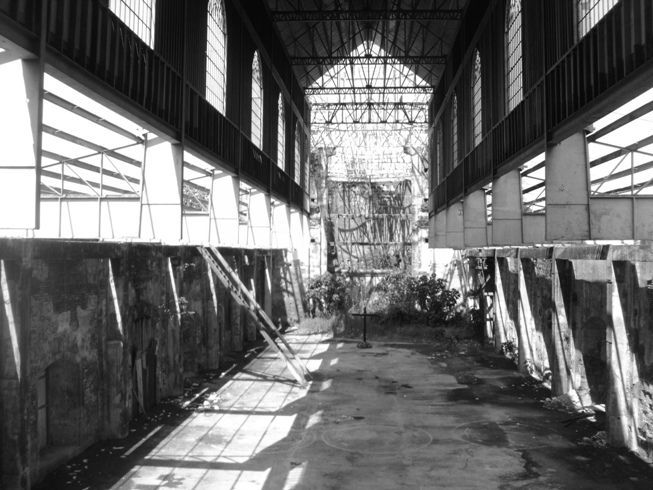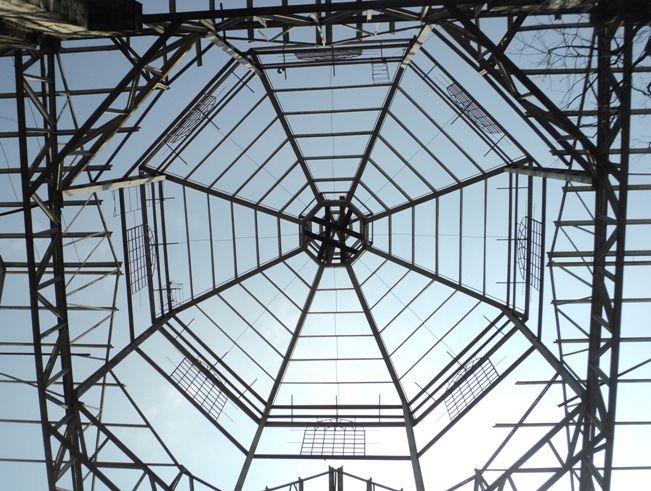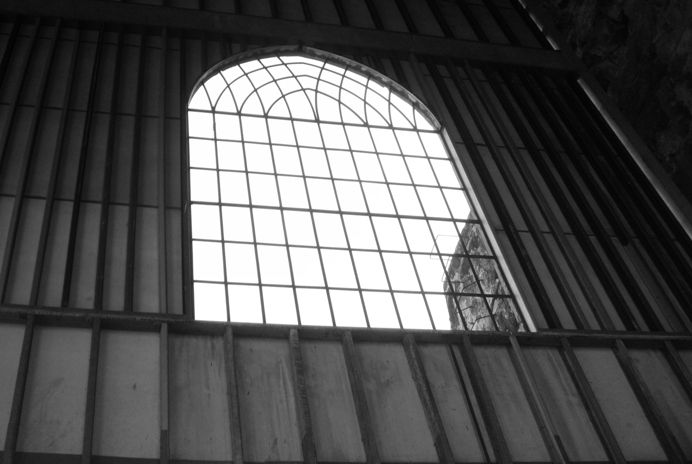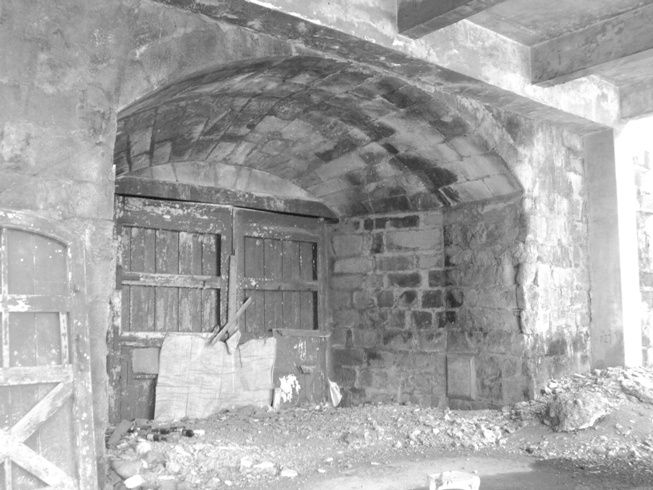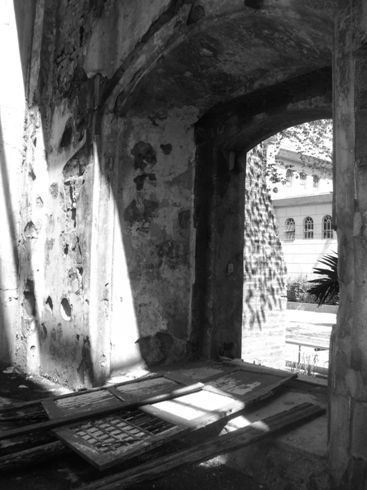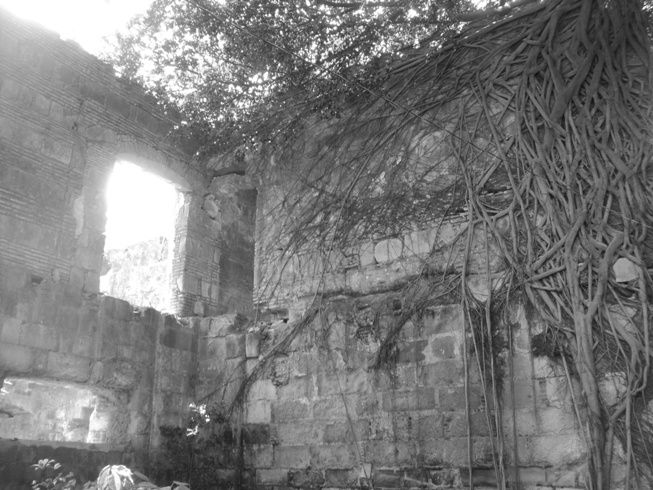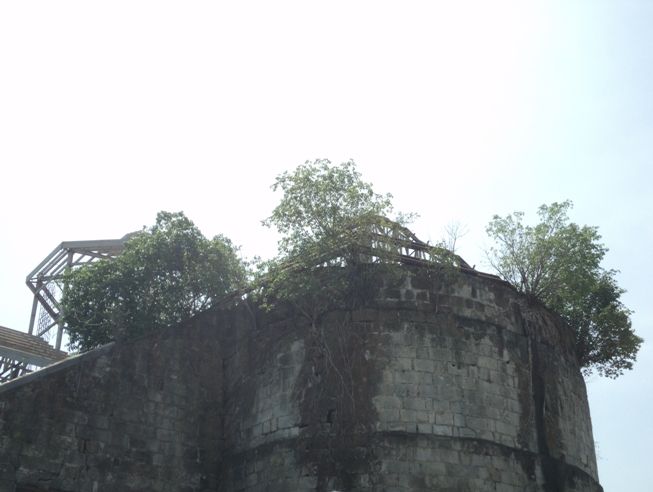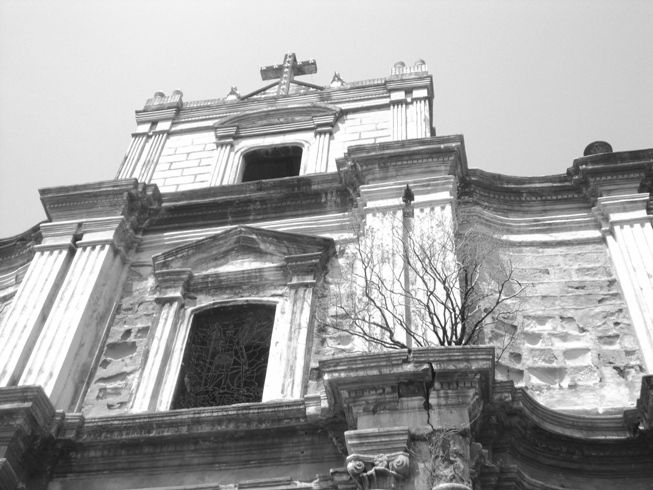If this picture was taken at this time of the year, the shades of green you see would've been shades of pink. It was taken 5 months ago in Ueno Park, the most popular public park in Japan, famous for its Sakura trees. It is also home to many cultural facilities and major museums. During my travel planning stage, I made sure to include Japan's national museums in my itinerary, I set aside a full day in Ueno Park. Little did I know that a day would not be enough.
The park is easily accessible, only a five-minute walk from Ueno station and since it's a major tourist destination, you won't have to worry about getting lost. There are signages everywhere to guide you, plus, most of the people are headed there. Feeling like a cultured person, I intended to visit 3 musems - the Tokyo National Museum, National Museum of Nature and Science, and the National Museum of Western Art. There was a slight change of plans though.
Naturally, I am against the captivity of wild animals for recreational purposes, that includes zoos and marine parks. Ueno Zoo came up many times when I researched Ueno Park, but I always ignore it. I was firm to keep it out from my itinerary, but... some things are really easier said than done. The temptation and curiosity to see a Panda in person was just too much for me. There were images of Panda all over Ueno, it's like the official mascot of the park. It also didn't help to pass through the zoo on my way to the museums. A war went through my head. I wanted to see a Panda in the wild, but there's not a chance that I'd be going to China anytime soon, and who knows, maybe never. I am still human, flawed and a slave to my desires. I thought of every possible excuse - I could use this experience for future research, and whatever I observe, I could use to educate people. Eventually I gave in, guilt ridden and remorseful, I bought a ticket to the zoo and made my way in.
The Ueno Zoological Gardens opened in 1882, making it Japan's oldest zoo. It covers approximately 14 hectares and houses 3000 animals of 500 different species, but the most popular, without a doubt, the superstar of park, are the two giant Panda from China, Lili and Shinshin.
I can't say I'm horrified by the sight of the animals behind the glass, I don't exactly sense inhumane treatment here. In fact, they seem to be in great shape but I still find it unfair to be taken from your natural home. I was uncomfortable throughout the zoo visit.
The saddest sight I saw was the lone Polar bear. Its holding area is nothing close to the Arctic habitat. The water may be ice cold, but those white mass are concrete not ice. I looked around for a while but it didn't take long for the guilt to consume me. I didn't stay long to check out all the animals. I ate my lunch and headed to my next destination.
The Tokyo National Museum (東京国立博物館 Tōkyō Kokuritsu Hakubutsukan?), or TNM, established in 1872, is the oldest Japanese national museum, and the largest art museum in Japan. The museum collects, houses, and preserves a comprehensive collection of art works and archaeological objects of Asia, focusing on Japan. The museum holds over 110,000 objects, which includes 87 Japanese National Treasure holdings and 610 Important Cultural Property holdings (as of July 2005). The museum also conducts research and organizes educational events related to its collection (from Wikipedia).
I didn't get a full access to the museum, special exhibits will cost me more, the regular admission covers the highlights of Japanese history and culture while exploring the chronological development of Japanese art. It pretty much has anything you'd expect in a national museum - paintings, scrolls, pottery, traditional clothes, military uniforms, weapons, and any historical artifacts you can think of.
My favorite section is the gallery of national treasures. The Japanese government designates artworks and other precious objects as Important Cultural Property in order to protect them. Those of superior quality and cultural value are designated as National Treasure. Unsurprisingly, the exhibits in this gallery cannot be photographed. This should give you an idea:
I was actually hoping to see the three Imperial Regalia - the scared sword, mirror and jewel (Yuyu Hakusho reference here hehe). Now I realize how stupid I was to hope, after all, these are the most sacred and supposedly most ancient artifacts in Japanese history. In fact, they are kept under close guard in the strictest of secrecy, hidden in shrines far away from each other in diverse parts of Japan and are only brought together for the enthronement ceremonies of a new Emperor. In fact, they are kept in such strict and reverent isolation that, at various times, some people have wondered if they actually even exist.
I wish I have a creative way of giving a blow by blow account of what I saw here, but all I can say is, everything is super impressive. I always find it humbling to be in a room full of ancient artifacts. If you're a Japanophile, you definitely have to include this in your bucket list.
My next destination was the super awesome National Museum of Nature of Science. The museum has two buildings to separate two main galleries. The Global Gallery features exhibit on the evolution of Earth and its inhabitants, along with the history of the intelligent thought in humans. The Japan Gallery features nature and history of Japanese Islands and contributions of Japanese in science and technology.
The vast exhibit of everything about science and nature here was overwhelming. I should have assigned a separate day for this one, it was impossible for me to enjoy everything with the little time I had left. I was there until closing time but still I missed some galleries. I was supposed to participate in the star gazing activity, I've always wanted to experience watching the celestial scenery using huge telescopes, but the sky was unkind that night. The museum had to cancel it because of poor visibility.
My favorite experience was the Theater 360. If planetarium screenings amaze you, this one will blow your mind! The name is self explanatory, a movie theater in sperical 3D, a movie experience in which the viewer is surrounded on all sides by a seamless sphere of video and sound. It's definitely so much better than watching Imax 3D. The only thing is, you have to watch standing in bridge platform. Each movie lasts 10 minutes, they show 2 films for every admission. At the time, they showed "The Marine Food Chain", which explains the flow of energy from the sun to the Blue Fin Tuna, and "Deep Quest into the Inside of the Earth", basically explores the Earth's amazing interior.
The only thing that disappointed me-- it was narrated in Japanese WITHOUT English subtitle. The visuals will pretty much give you an idea what it's all about but it would still be better to get into details. The whole museum, in fact, seems to target Japanese visitors. The exhibit's descriptions has no English translation. I hope it's something they could improve on to attract non-Japanese speaking foreigners.
When I left the museum, I couldn't help feeling sad. The Philippine's lack of public facilities to foster interest in scientific studies among the youth is just one of the many frustrations I have as hopeful patriot. The Mind Musem is too expensive and while it boasts to be a "world class science museum", it is nothing compared Japan's Museum of Nature and Science.
The three destinations I mentioned above have an admission fee of Y600, foreign tourists can enjoy Y120 discount, but if you're super tight on budget, Ueno Park is still a great destination for cultural exploration. Aside from the amazing architecture of facilities surrounding the park, there are shrines, gardens, street music performance and possibly more. These things you can enjoy for free.
All in all, Ueno Park was a great experience, definitely worth a second visit. Next time, I'll come in spring to enjoy the spectacular Hanami.
The park is easily accessible, only a five-minute walk from Ueno station and since it's a major tourist destination, you won't have to worry about getting lost. There are signages everywhere to guide you, plus, most of the people are headed there. Feeling like a cultured person, I intended to visit 3 musems - the Tokyo National Museum, National Museum of Nature and Science, and the National Museum of Western Art. There was a slight change of plans though.
Naturally, I am against the captivity of wild animals for recreational purposes, that includes zoos and marine parks. Ueno Zoo came up many times when I researched Ueno Park, but I always ignore it. I was firm to keep it out from my itinerary, but... some things are really easier said than done. The temptation and curiosity to see a Panda in person was just too much for me. There were images of Panda all over Ueno, it's like the official mascot of the park. It also didn't help to pass through the zoo on my way to the museums. A war went through my head. I wanted to see a Panda in the wild, but there's not a chance that I'd be going to China anytime soon, and who knows, maybe never. I am still human, flawed and a slave to my desires. I thought of every possible excuse - I could use this experience for future research, and whatever I observe, I could use to educate people. Eventually I gave in, guilt ridden and remorseful, I bought a ticket to the zoo and made my way in.
The Ueno Zoological Gardens opened in 1882, making it Japan's oldest zoo. It covers approximately 14 hectares and houses 3000 animals of 500 different species, but the most popular, without a doubt, the superstar of park, are the two giant Panda from China, Lili and Shinshin.
I didn't get a full access to the museum, special exhibits will cost me more, the regular admission covers the highlights of Japanese history and culture while exploring the chronological development of Japanese art. It pretty much has anything you'd expect in a national museum - paintings, scrolls, pottery, traditional clothes, military uniforms, weapons, and any historical artifacts you can think of.
can you find Kidd?
the Tale of Genji manuscript, dated 13th-16th century
Edo Era Fashion
Okubo-san!
Bust of a Japanese Lady (I suppose the pun was intended)
I was actually hoping to see the three Imperial Regalia - the scared sword, mirror and jewel (Yuyu Hakusho reference here hehe). Now I realize how stupid I was to hope, after all, these are the most sacred and supposedly most ancient artifacts in Japanese history. In fact, they are kept under close guard in the strictest of secrecy, hidden in shrines far away from each other in diverse parts of Japan and are only brought together for the enthronement ceremonies of a new Emperor. In fact, they are kept in such strict and reverent isolation that, at various times, some people have wondered if they actually even exist.
I wish I have a creative way of giving a blow by blow account of what I saw here, but all I can say is, everything is super impressive. I always find it humbling to be in a room full of ancient artifacts. If you're a Japanophile, you definitely have to include this in your bucket list.
1:1 scale replica of a Blue Whale
My next destination was the super awesome National Museum of Nature of Science. The museum has two buildings to separate two main galleries. The Global Gallery features exhibit on the evolution of Earth and its inhabitants, along with the history of the intelligent thought in humans. The Japan Gallery features nature and history of Japanese Islands and contributions of Japanese in science and technology.
I didn't get to see the famous Hachiko statue in Shibuya, but I did see the real and taxidermed Hachiko
Karakuri, the early foundation of Japanese robotics
My favorite experience was the Theater 360. If planetarium screenings amaze you, this one will blow your mind! The name is self explanatory, a movie theater in sperical 3D, a movie experience in which the viewer is surrounded on all sides by a seamless sphere of video and sound. It's definitely so much better than watching Imax 3D. The only thing is, you have to watch standing in bridge platform. Each movie lasts 10 minutes, they show 2 films for every admission. At the time, they showed "The Marine Food Chain", which explains the flow of energy from the sun to the Blue Fin Tuna, and "Deep Quest into the Inside of the Earth", basically explores the Earth's amazing interior.
The only thing that disappointed me-- it was narrated in Japanese WITHOUT English subtitle. The visuals will pretty much give you an idea what it's all about but it would still be better to get into details. The whole museum, in fact, seems to target Japanese visitors. The exhibit's descriptions has no English translation. I hope it's something they could improve on to attract non-Japanese speaking foreigners.
When I left the museum, I couldn't help feeling sad. The Philippine's lack of public facilities to foster interest in scientific studies among the youth is just one of the many frustrations I have as hopeful patriot. The Mind Musem is too expensive and while it boasts to be a "world class science museum", it is nothing compared Japan's Museum of Nature and Science.
The three destinations I mentioned above have an admission fee of Y600, foreign tourists can enjoy Y120 discount, but if you're super tight on budget, Ueno Park is still a great destination for cultural exploration. Aside from the amazing architecture of facilities surrounding the park, there are shrines, gardens, street music performance and possibly more. These things you can enjoy for free.
Hanazono Inari Jinja
